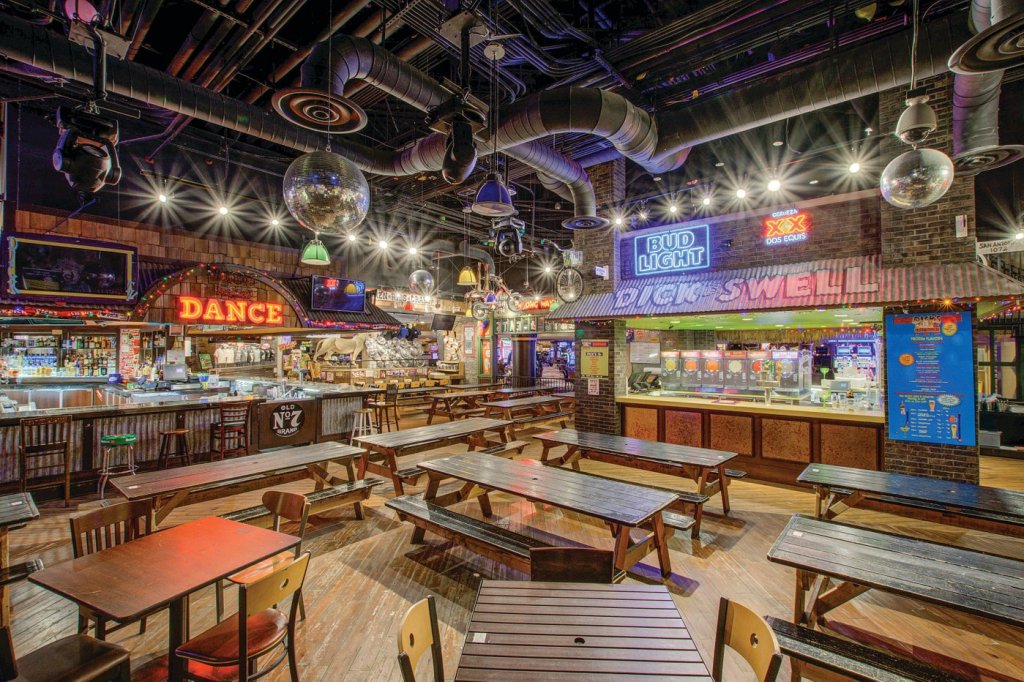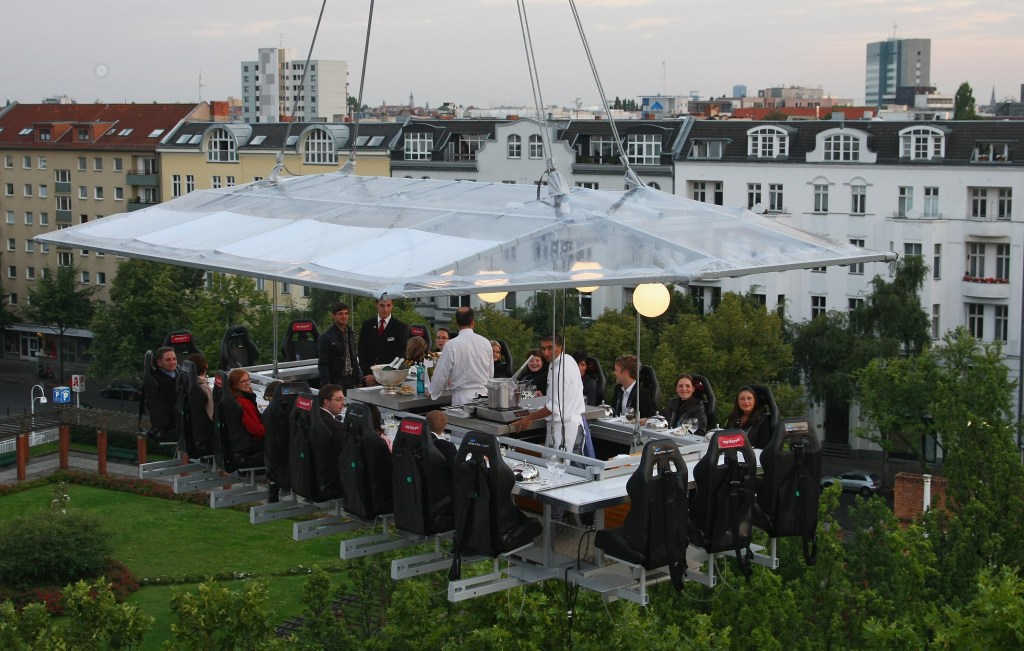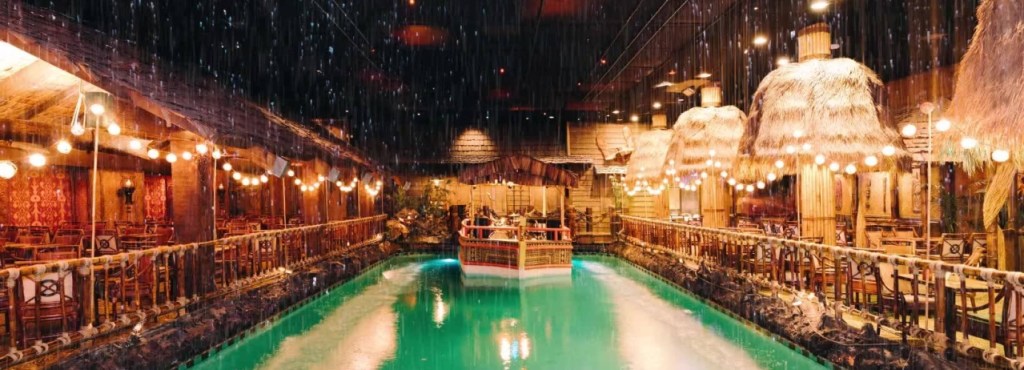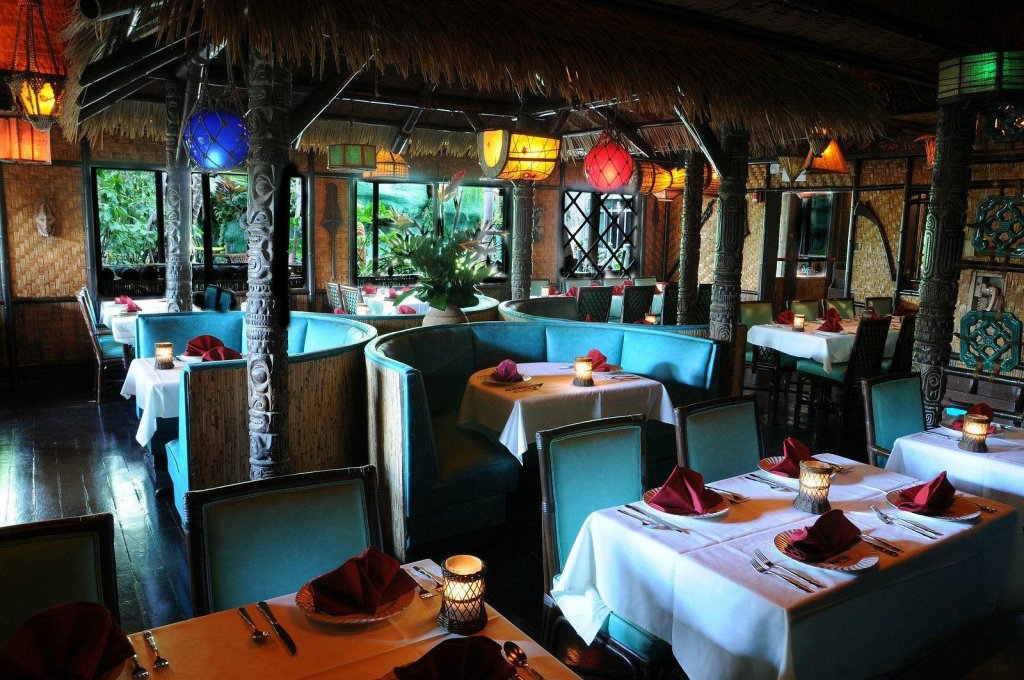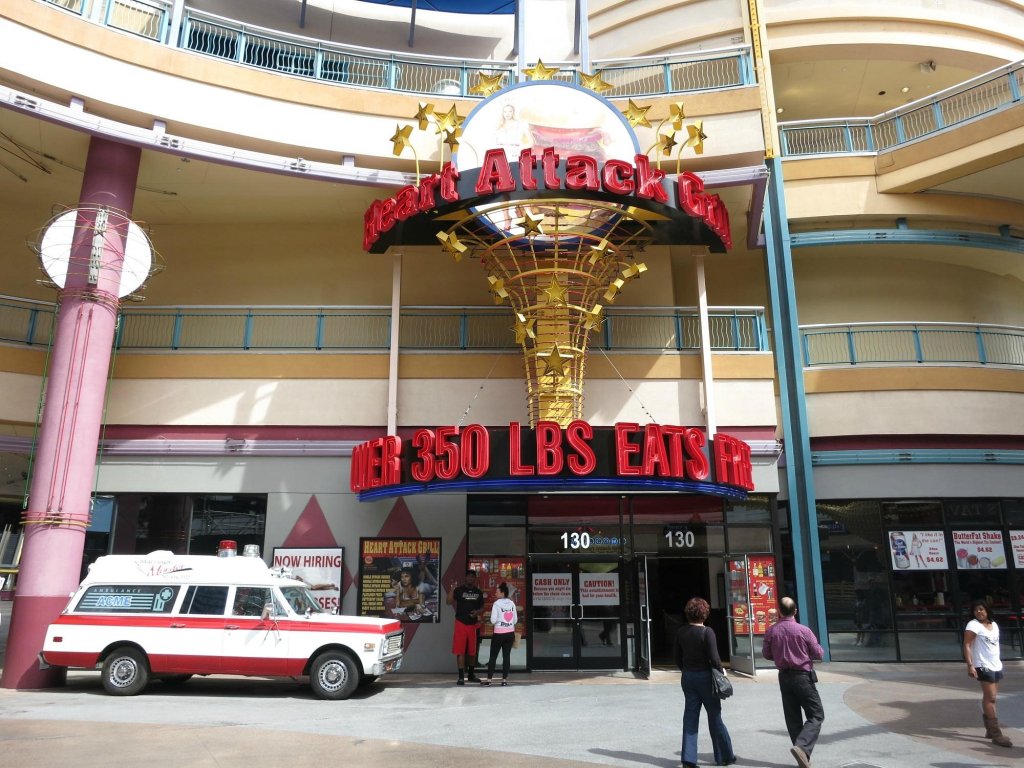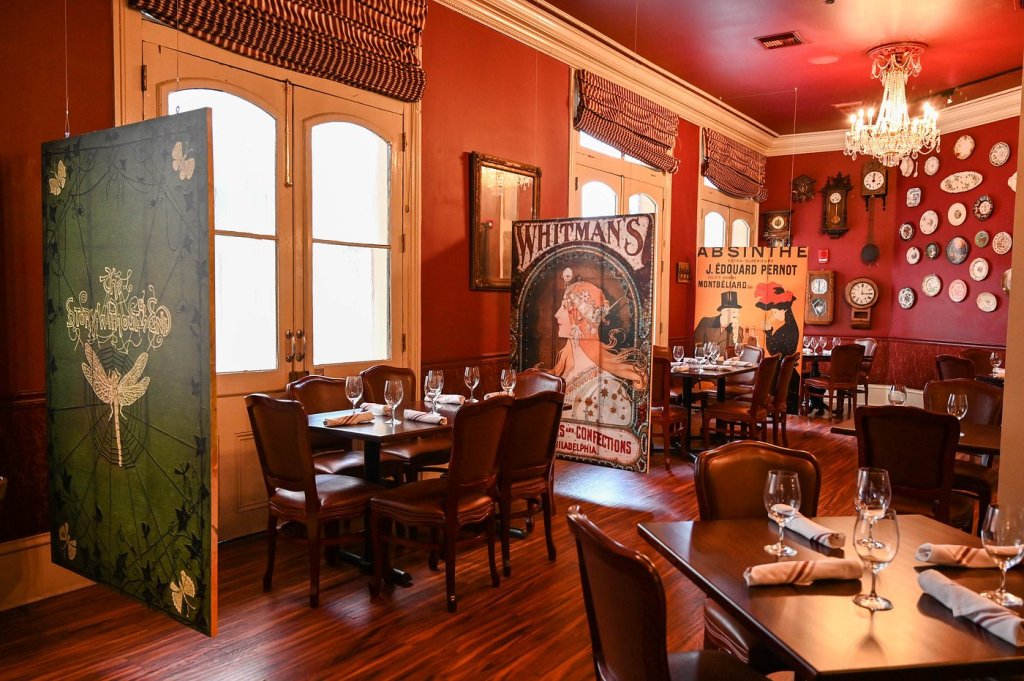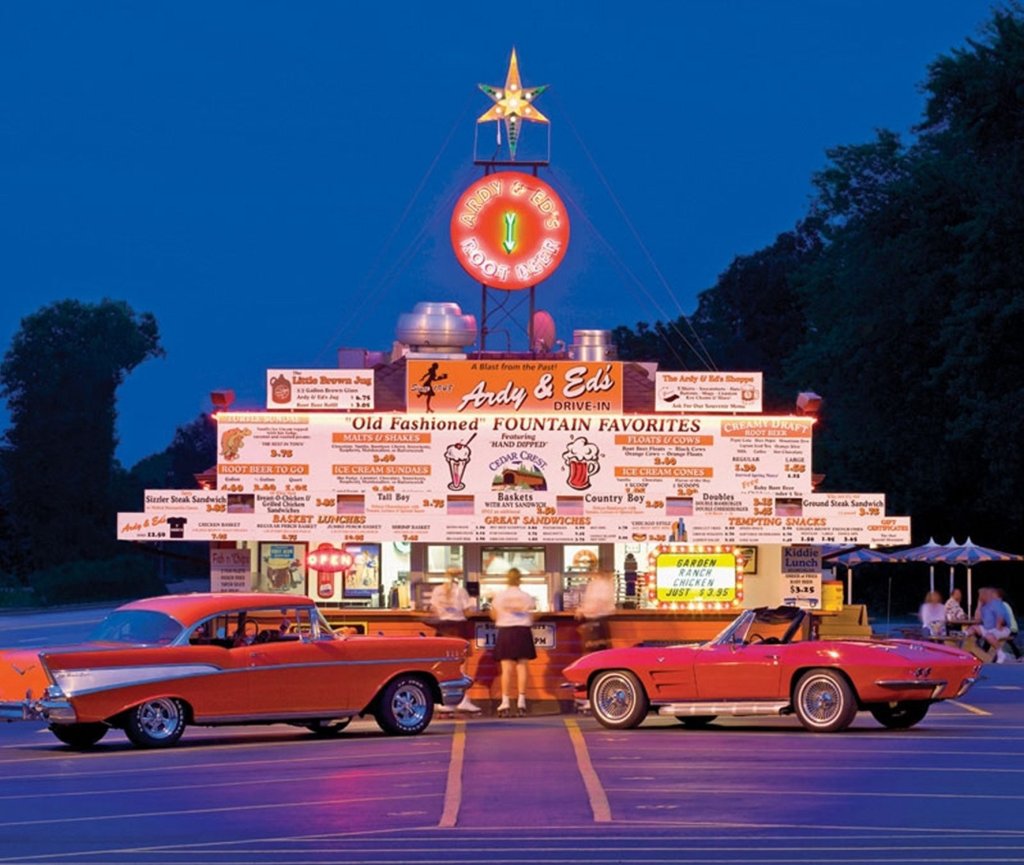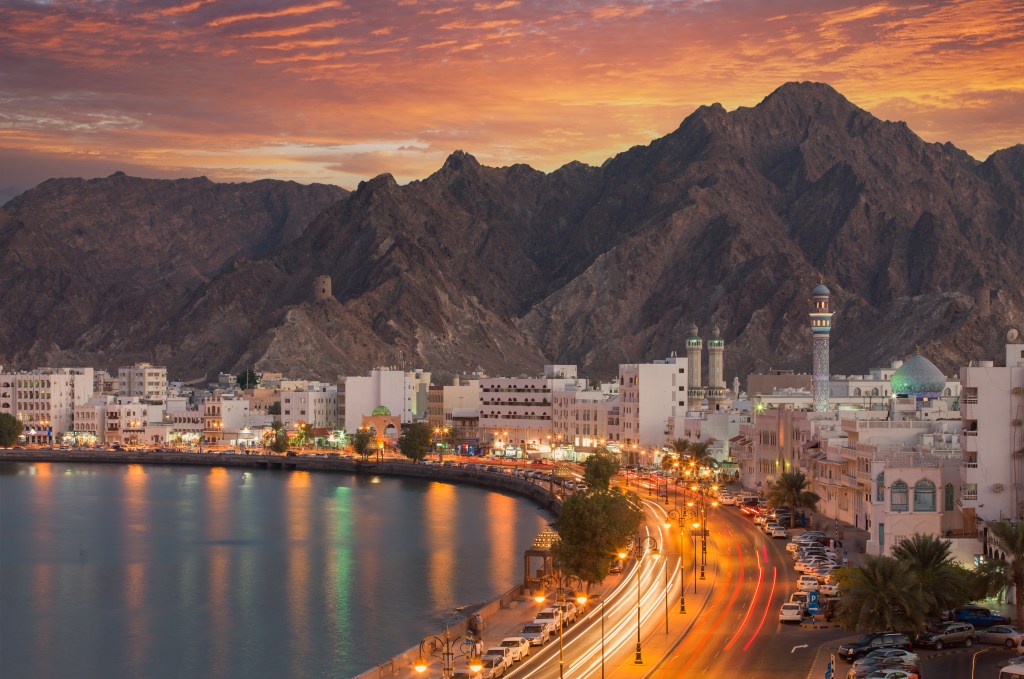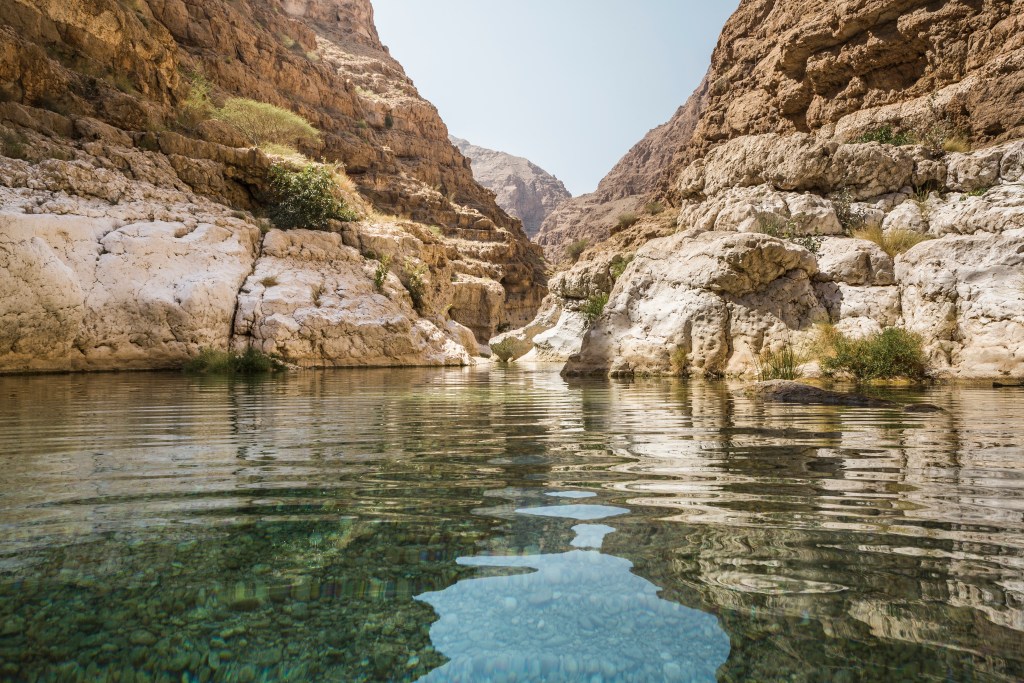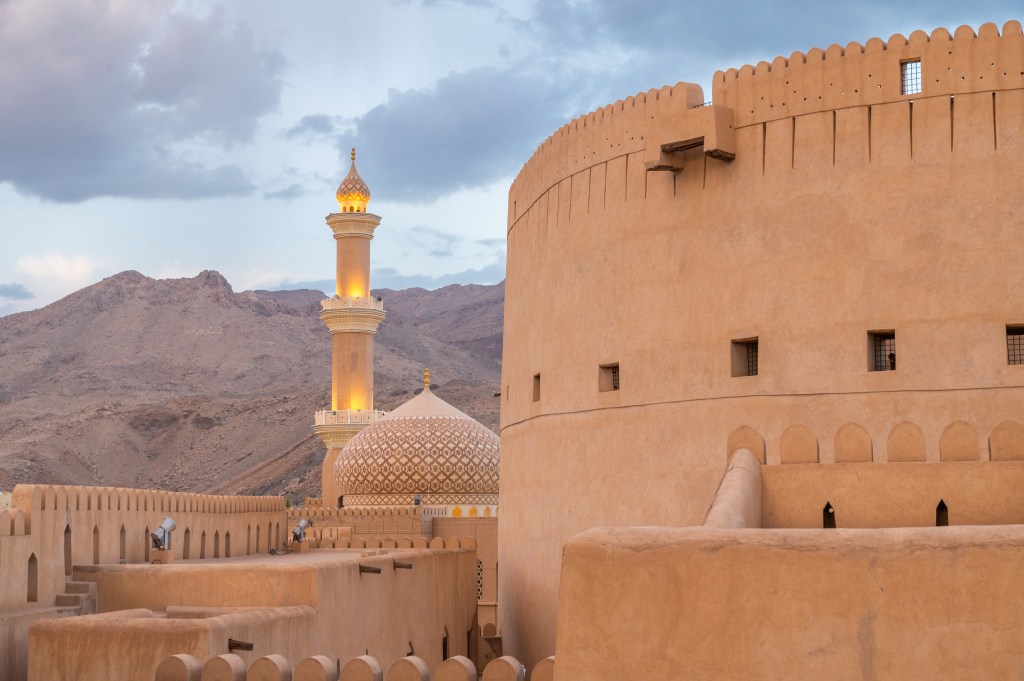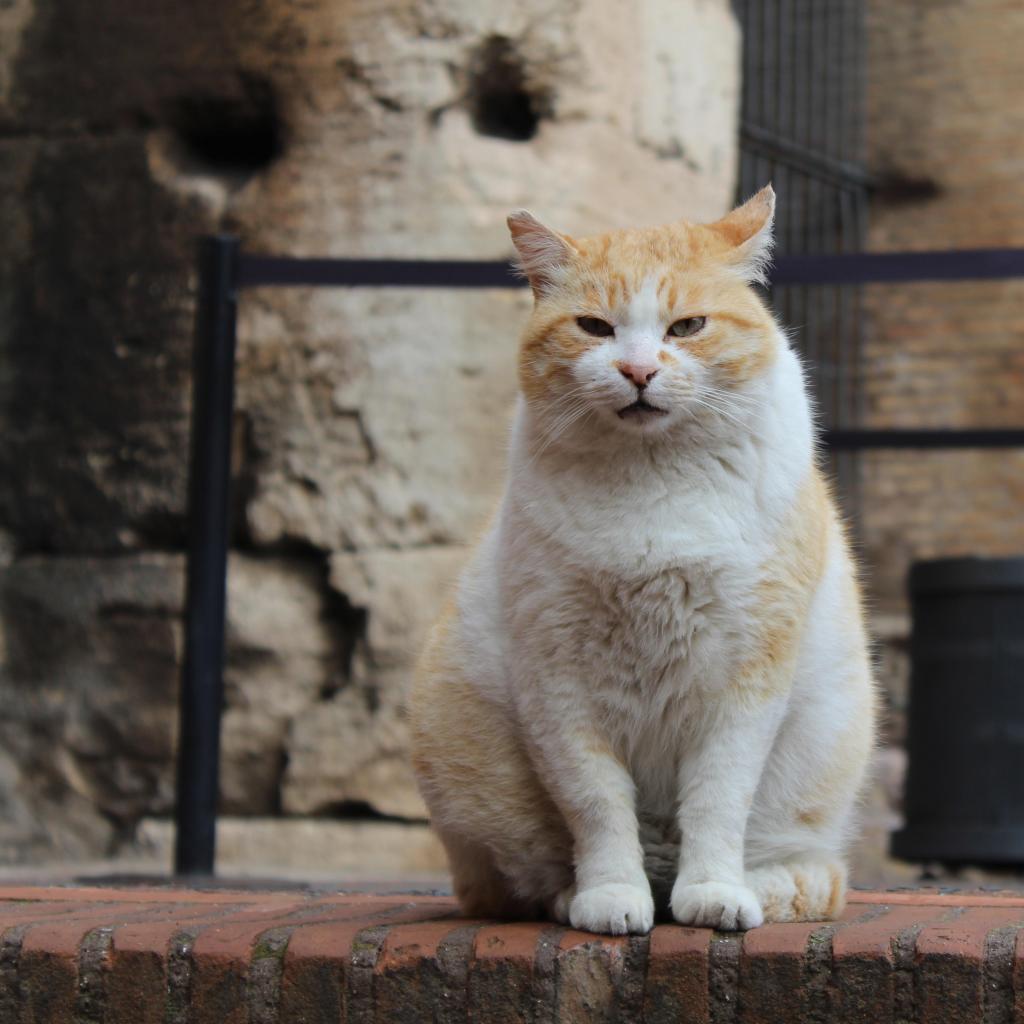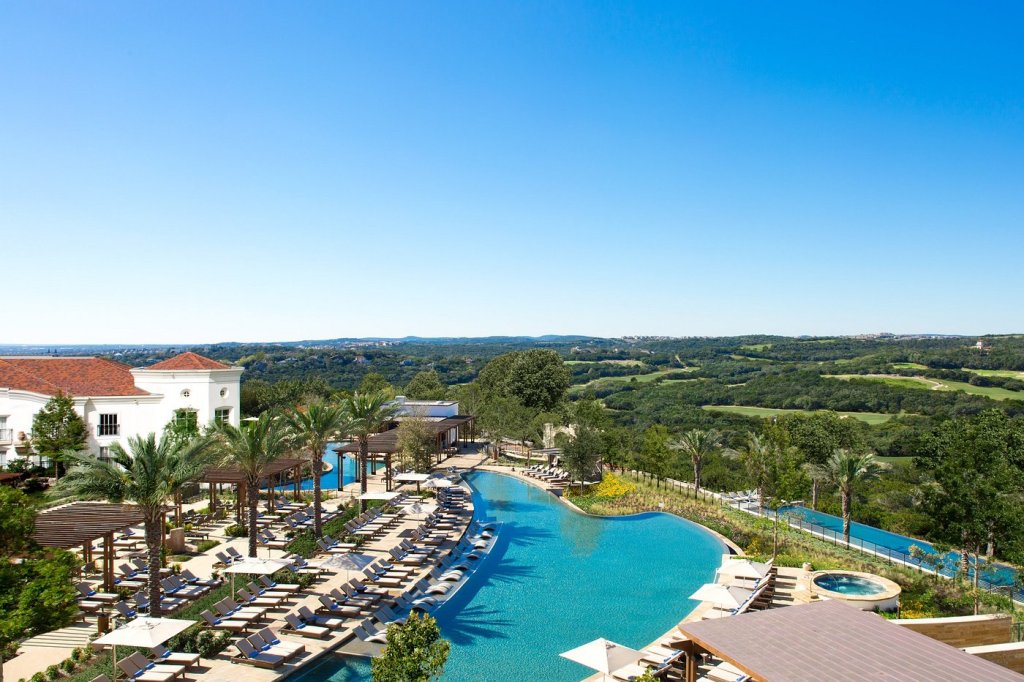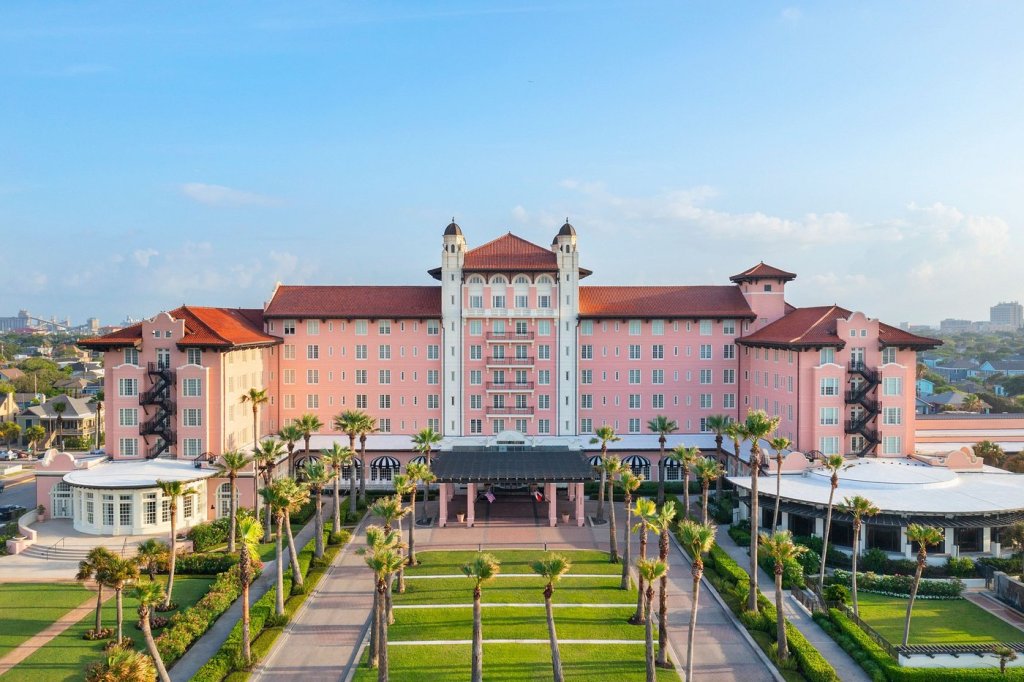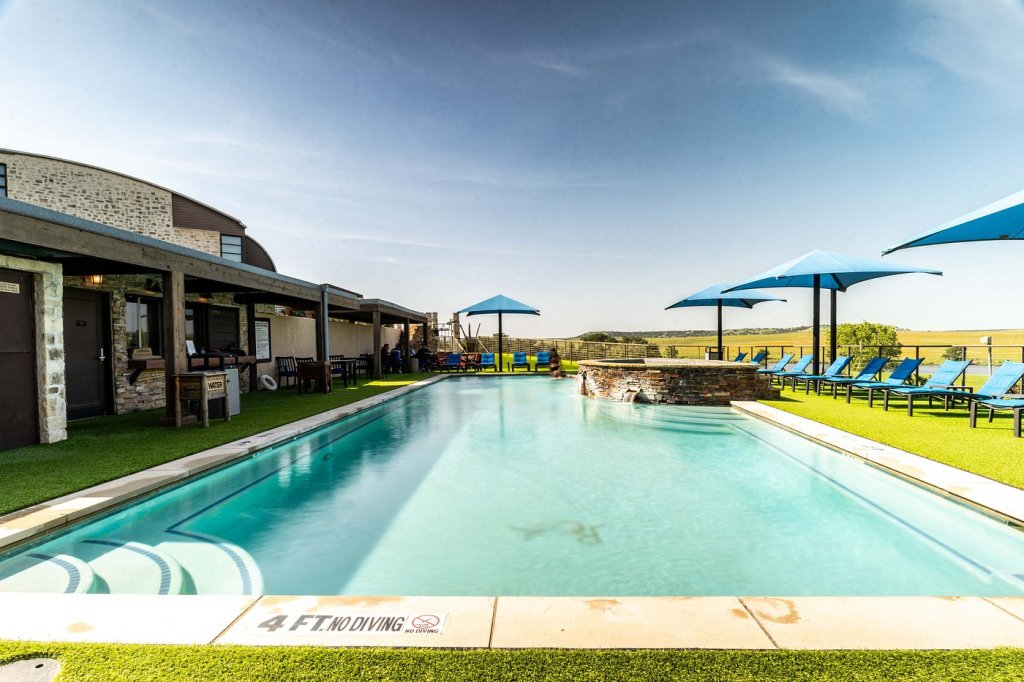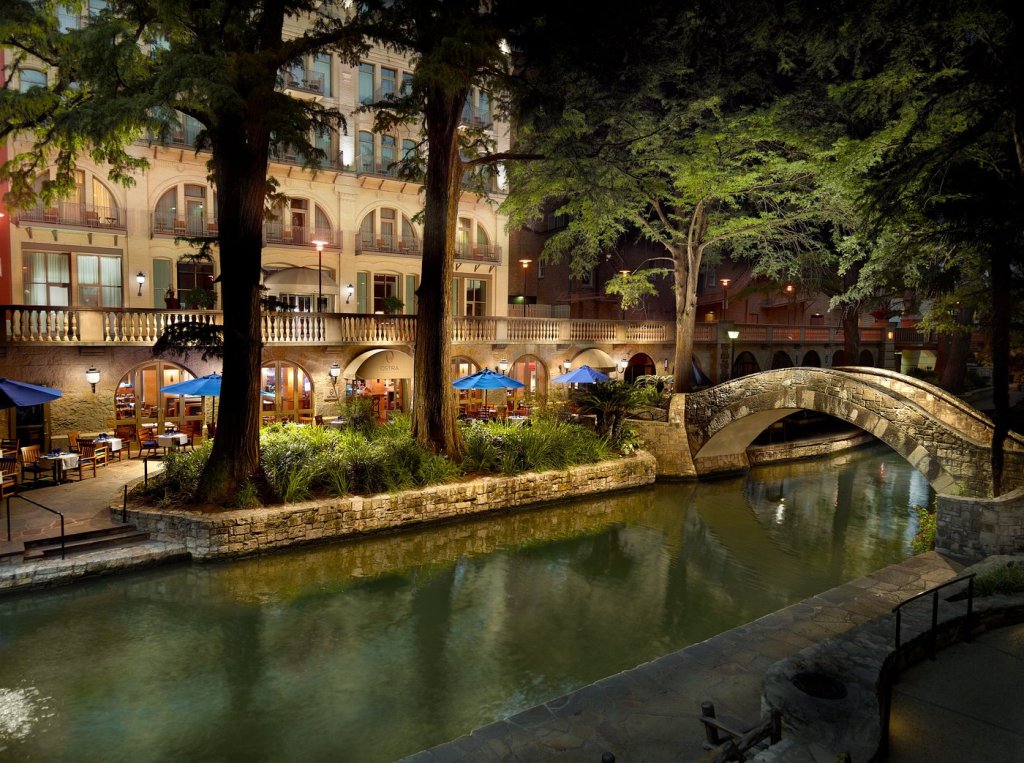On July 8, 2025, the clouds parted, and an angel wearing a TSA vest descended to Earth.
In one hand, it held a trumpet. In the other, a press release.
After raising the trumpet to its lips and playing a tune of victory, the angel wearing the TSA vest announced that, effective immediately, passengers in the United States would no longer be required to remove their shoes to go through security checkpoints at the airport.
Just kidding—Secretary of Homeland Security Kristi Noem made the announcement at a press conference at Washington National Airport on July 8, 2025.
And while it might sound a little too good to be true, the change is already in effect at TSA security checkpoints nationwide.
It’s a win from just about every angle. And, piggybacking on news of boosted ATC funding and boosted sustainability projects at some airports, signals a bright future for commercial flight in the US.
Why did the TSA just change the shoes-off rule?
Quick catch-up: the TSA began requiring shoes-off checks in 2006, five years after an attempted attack on a flight between Paris and Miami. Since then, all US passengers have been required to remove their shoes to be x-rayed, aside from TSA PreCheck users.
The reason the TSA lifted its shoes-off requirement is thanks to new shoe scanning technology, which was first announced back in 2021.
In other words, it’s not that the TSA is less interested in your footwear—it’s that they now have the necessary technology to check your kicks without everyone needing to see your socks. Or those bare little piggies.
The new screening tech is similar to the body scanners employed by most US airports. It works when passengers stand on little scanners (on the ground), which generate images of the bottom of their shoes in just seconds. TSA agents verify your shoes aren’t hiding anything nefarious, then you head on your way like normal.
Looking to the future
Thanks to its handy new shoe scanners, passengers can expect slightly expedited security lines across US airports—though it’s still unclear just how much time we’ll be saving thanks to the change.
For just under $80 a year, TSA PreCheck members have been able to take advantage of shortened security lines where they aren’t required to take off their shoes. Wait times usually range between ten to fifteen minutes, depending on traffic.
But now, the ease of clearing security quickly could become the norm for more passengers—and the TSA is banking on it.
In 2026, the United States will host the 2026 FIFA World Cup alongside Canada and Mexico. As many as six million people could visit the USA during the month-long tournament—and many will be flying domestically to attend multiple games around the country or even the continent.
Then, in 2028, Los Angeles will host the Summer Olympics. Simple fixes like a shoes-on approach to airport security lines ensure the TSA can keep people moving faster than before, especially in busy hubs like LAX.
Slow security lines could create havoc, especially for airports that are already struggling with booming traffic.
